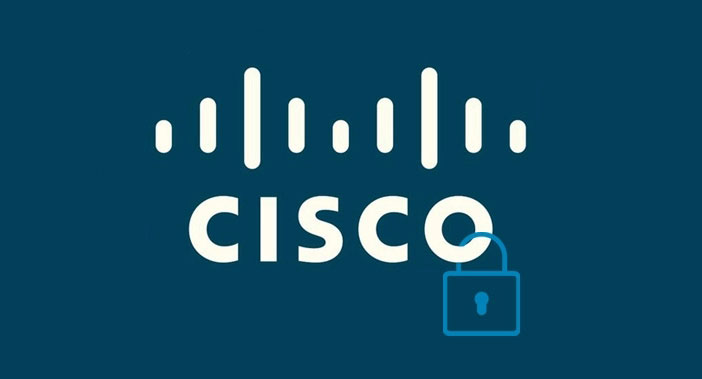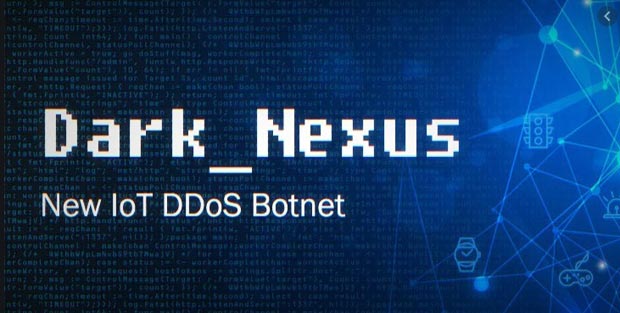Networking equipment giant Cisco on Monday confirmed they were the victim of a hacking attack on July 28, 2022 after the attackers managed to break into an employee’s personal Gmail account that contained passwords synced within their web browser systems.

“Starting access to the Cisco’s VPN system was achieved via the effectual compromise of one of their employee’s personal Gmail account,” Cisco Talos claimed in a detailed report. “The victim had enabled password syncing via Google Chrome and had stored their Cisco login infos in their browser, enabling these nots to synchronize to their Google account.”
The exposure comes as hackers associated with the AwakenCybers ransomware gang posted a list of files from their attack to their data leak website on August 9.
The breakout information, according to Talos, included the files saved inside a Box cloud storage folder that was connected with the hacked employee’s profile and is not believed to have included any valuable infos.
Apart from the credential theft, there was also another attack of phishing involved where the opponent resorted to methods like “vishing” (way of voice phishing) & multi-factor authentication attempt to trick a victim into providing access to their Continue reading →
 A privilege escalation flaw has been discovered which could affect the online safety and privacy of LG laptop users. According to the online security expert who discovered the flaw, this loophole is relatively easy for hackers to take advantage of.
A privilege escalation flaw has been discovered which could affect the online safety and privacy of LG laptop users. According to the online security expert who discovered the flaw, this loophole is relatively easy for hackers to take advantage of.

